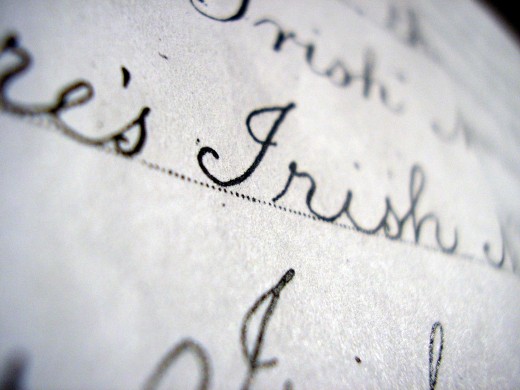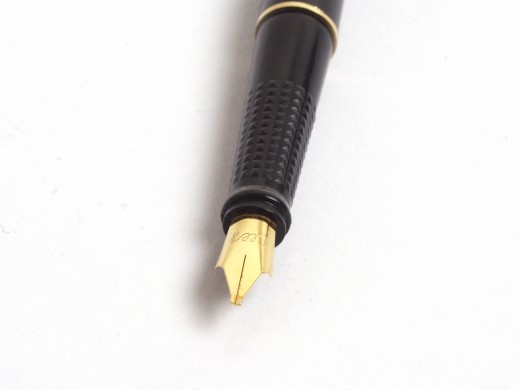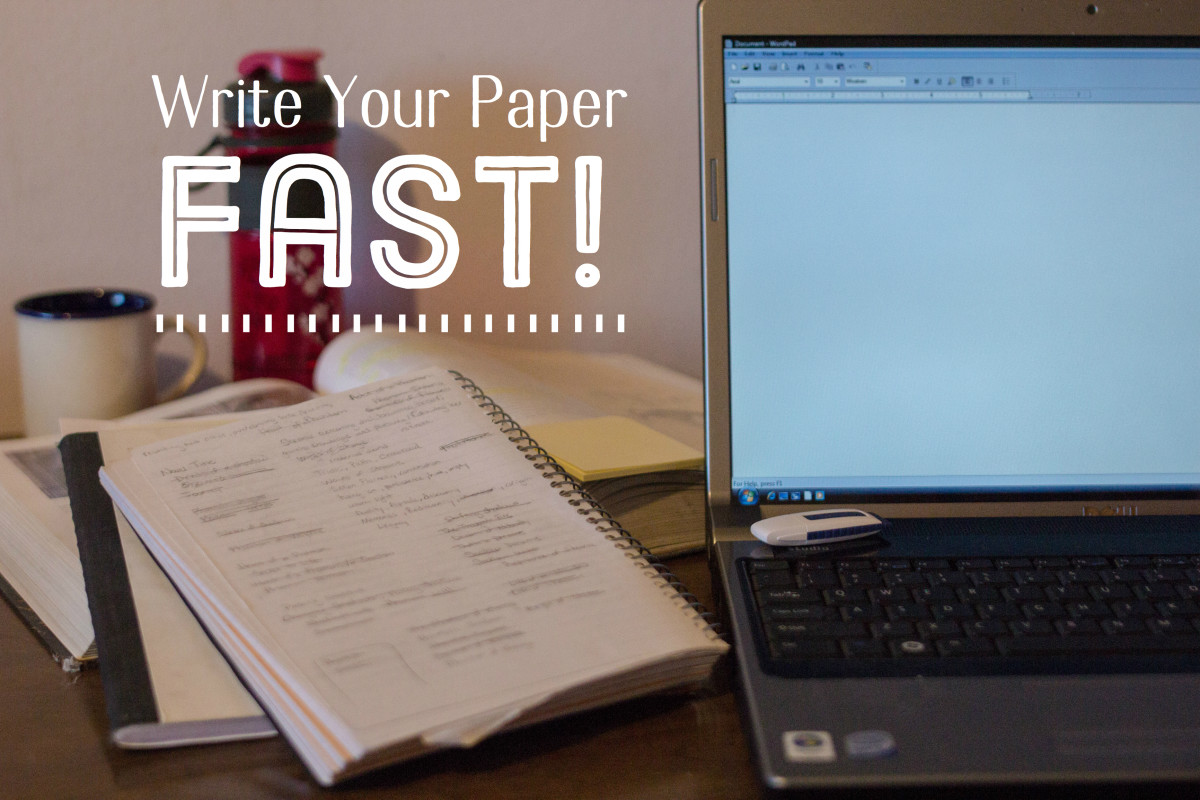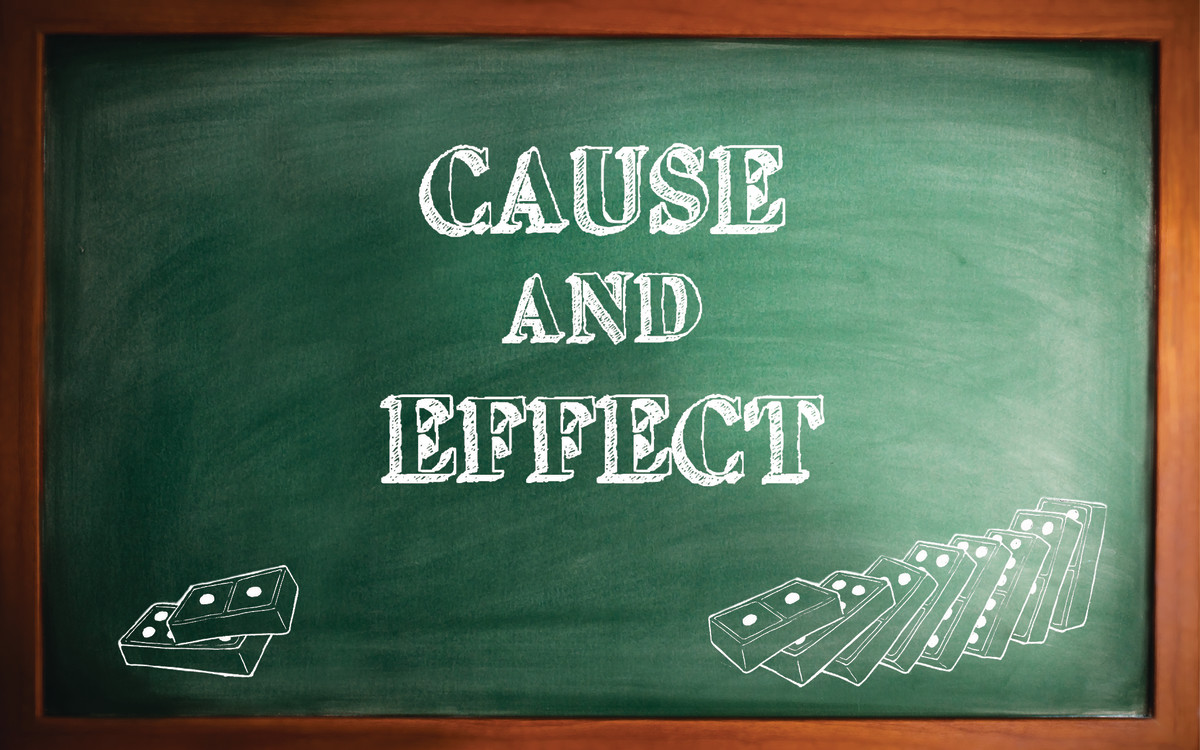Writing a College Essay for Beginners

Introduction
So you have to write an essay. What now? For regular or non-traditional students, the thought of writing even a short essay can be a fearful prospect. Writing formally can mean a different set of rules and guidelines than the free writing of an email to a friend or a text. Once you learn to fit your own writing into these simple guidelines, however, you can easily meet your deadlines and succeed in crafting the perfect essay.
Common Essay Structure
The typical college essay has a definite format. This isn't meant to hamper your own creativity, but instead to provide it with a familiar structure. Although there are variations among the different types of essays, there is a basic, common format that you will most likely see in any beginning writing class. The most common structure of an essay consists of the following elements: introduction with thesis statement, body paragraphs, and conclusion.
Share Your Struggle with Writing
What element of an essay do you find the most difficult to write?
Writing the Introduction of Your Essay
The introduction should grab your reader's attention and provide them with an overview of the content of the paper. For a basic idea of an introduction, just look at the introduction provided with this hub. It provides a brief overview of the topic after hopefully grabbing your attention. Although the type of introduction included with this hub is a bit different in style (e.g., less formal) than a college essay, it should give you an example of how to introduce a topic without making some of the more common mistakes found in students' papers.
What are those common mistakes? There are a couple of mistakes that are extremely common for beginning writers attempting to create their first introduction.
-
Providing too much detail. The introduction should be a brief overview of the entire paper, and so it should not give details that could be better explored in the body of the paper.
-
Referring to the paper itself. Many students will begin the introduction with common phrases such as “This paper will discuss” or “In this paper I will talk about.” Try to provide an overview of the paper without referring to the paper or you, the writer.

Writing the Thesis Statement of Your Essay
One aspect of the introduction that often frustrates students is the thesis statement. The term itself is intimidating, and so if you get flustered by it, then just think of it as one sentence that guides the content of the paper. For example, if you were writing about the necessity of home gardens to supplement a family's budget, then you might write something like this: “Home gardens are a valuable supplement to a family's budget during difficult times.” As you can see, this thesis is a concise sentence that should be expanded upon in the body of the paper.
There are some mistakes that are common among students who are writing their first thesis statement. These are perhaps more difficult to correct than previously named errors, but with practice, it can become second nature to avoid them.
-
A thesis statement that is too long. A good rule of thumb is that a thesis statement should be either a simple or a complex sentence. Keep in mind that the thesis statement should be concise.
-
A sentence that refers to the paper. Many students will make a similar mistake in their thesis as they made in the introduction. The thesis should simply provide the overall argument for the paper.
-
A sentence that is elsewhere in the paper. Although it is technically correct to place your thesis anywhere in an essay, it is a good idea to place it at the end of the introduction, especially if you are in college. That is generally where an instructor will look for the thesis.
Writing the Body of Your Essay
The body of the paper is usually the easiest for a student to write. This is where you provide the bulk of the information and show off your knowledge. A typical essay will usually include at least three body paragraphs, but it could certainly include many more paragraphs, depending on the length requirement for the assignment. Each of these paragraphs should be fully developed, and all information included in the paper should explain and expand upon the thesis statement.
What might be some of the most common problems found in the body of a beginner's essay? These are fairly easy to correct once you learn the structure of a paragraph and decide on the organization of the paper.
-
Lack of organization or adequate development. Outlining the paper ahead of time usually aids in creating a paper that is logical in format. If you are unsure as to whether you are adequately developing the points within the paper, then having another person read your essay may quickly answer that question.
-
Lack of paragraph structure. The body of the paper should consist of cohesive body paragraphs. Each paragraph should only cover one topic, and each should include the following elements: topic sentence, supporting details, and concluding sentence.

Additional Resources
Here are some additional resources on writing an essay:
Writing the Conclusion of Your Essay
The final part of the paper, the conclusion, is sometimes the easiest section to write. Having written the introduction and body, you will already have done the bulk of the writing and be familiar with the direction of the paper. Generally speaking, the conclusion should provide an overview of the content of the paper, possibly leaving the reader with a final thought as to the significance of the subject. This does not have to be a long paragraph; indeed, it should be similar to the introduction in that it should be concise. Additionally, most instructors will ask that the conclusion also include a restatement of the thesis statement.
There are perhaps fewer mistakes found in the conclusion of an essay, but there are some to watch out for. Keep these errors in mind as you begin to write your own conclusion so that you can easily avoid them.
-
The paragraph is too long or includes new material. The conclusion should be a simple overview of the paper, not a list of every single topic covered in the paper itself. It also should not include new information that would be better discussed in the body of the paper.
-
The conclusion refers to the paper or the author. As with previous elements, it is common to find that students will refer to the paper or themselves in the conclusion. With practice, this can easily be avoided.
Conclusion and Final Thoughts
Hopefully this hub has given you some valuable information for writing a formal essay. For those who don't consider themselves writers, having to write an essay can be intimidating. However, it doesn't need to be. With a little planning and practice, you too can lay out the perfect essay and ace your English class.









